03.04.19
‘Autonomous Vehicles: A Pandora’s Box of Safety Issues?’. It is the title and the main question of an article published by Forbes in March 2019 and a topic that fits right into the hyper relevant discussion about emerging technologies. We find ourselves in a time period where technological innovations are growing fast and evolve from daily-life facilitators to daily-life dictators. Not only are these technologies emerging quicker than ever, but they are also more impactful than ever. However, lots of these innovations are still in the development phase and few of them are already tangible. This brings up a lot of questions for companies: which of these technologies have real potential and are worth investing in, which ones will die out as quickly as they were hyped?
We want to facilitate business leaders’ search for answers by providing them with the right tools and insights to develop the framework within they are operating. Instead of going back and forth and losing themselves in the discussion about the next big thing, marketers need to venture further in the chaotic world of emerging technologies. With Gartner as the leading source of where emerging technologies are at in today’s world and the experience of the digital product studio In The Pocket, we want to enable marketers and business leaders to embrace the chaos.
The Hype Cycle for Emerging Technologies, an indicator of new technologies
As new technologies emerge, new questions show up and other innovations disappear. A lot of marketing and research agencies try to summarize trends and innovations into different models and claim to predict which technologies will have an important influence. Today, nobody knows for sure but there are some leading frameworks and tools that can provide insight and guidance for business leaders to embrace the chaos concerning the next big technology.



